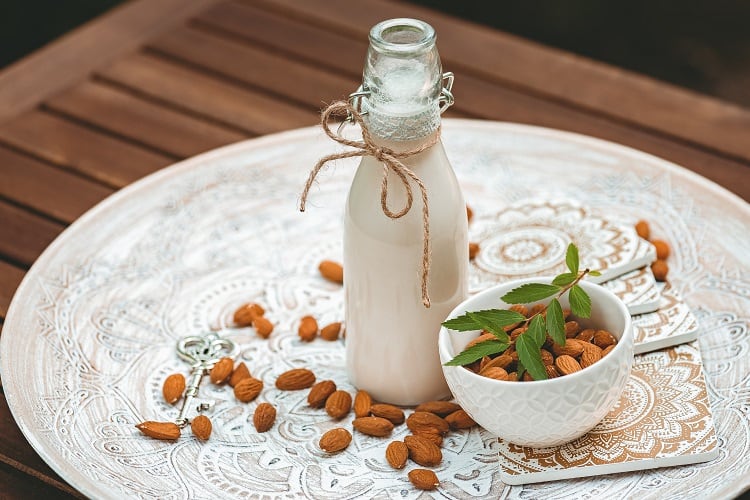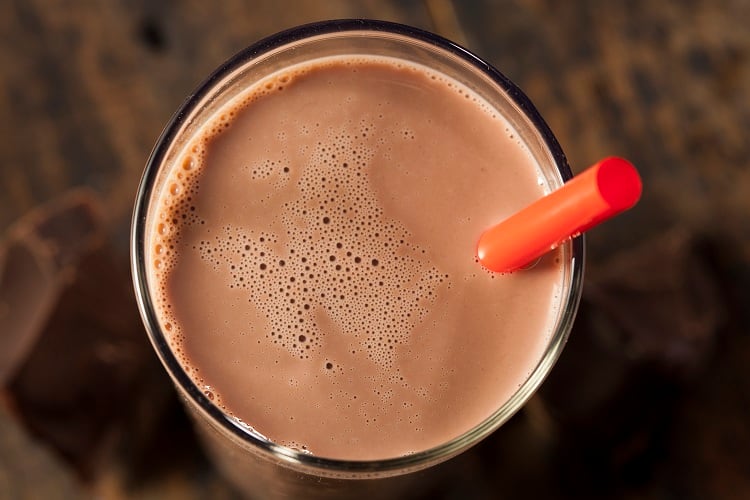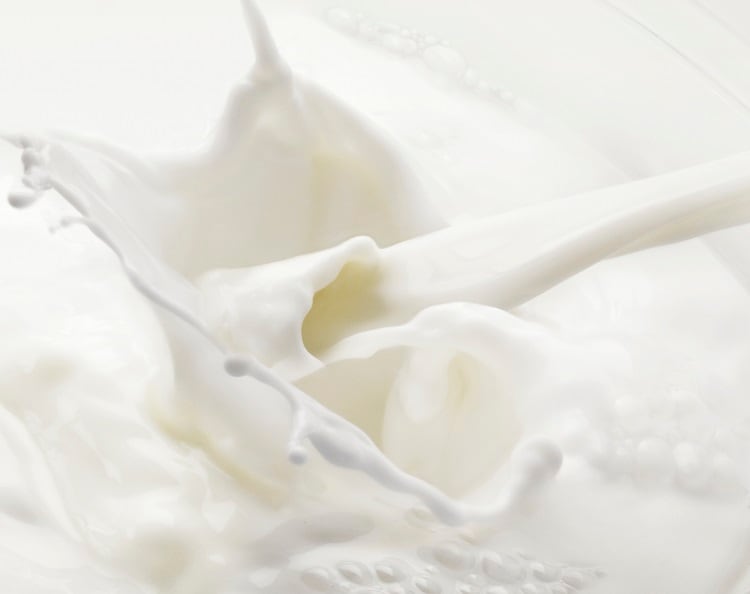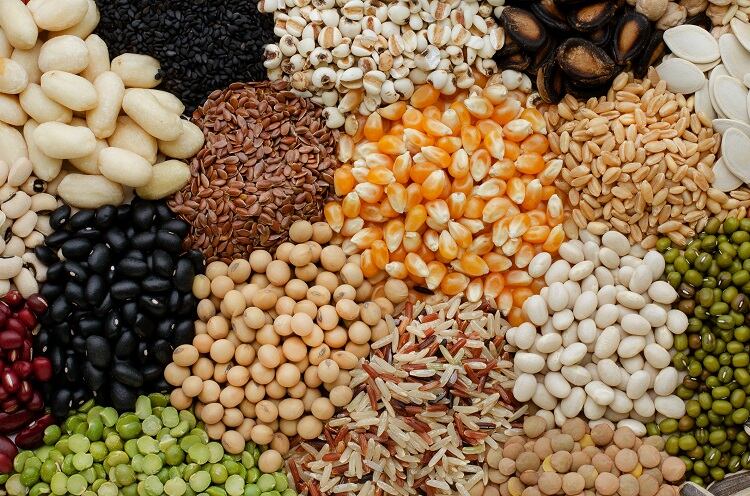The global market for plant-based ‘milk’ beverages is valued at over $14bn, and keeps growing rapidly. Meanwhile, consumer demand for healthier products is increasing the awareness of the importance of nutritional parity, including protein levels, whether with ‘regular’ dairy milk or with the increasingly popular high-protein beverages. Renske Janssen, Project Manager Protein Technology for NIZO, explains why success in this market requires much more than simply adding protein to the mix, and how careful balancing of components is key.
René Floris: How do plant-protein beverages compare to milk in terms of protein?
Renske Janssen: A regular dairy milk generally contains a bit over 3 grams of protein per 100 grams, while protein-enriched dairy drinks can have 20 grams or more of protein per serving – a big jump. These high-protein beverages have traditionally been used by specific groups such as athletes and the elderly to build muscle mass and help meet the daily recommended protein intake. However, the trend for healthy products is increasing the interest amongst more types of consumers.
The plant protein universe, on the other hand, is very diverse, and each plant protein behaves in a different way. Some are already used to make milk alternatives that approach the protein levels of dairy milk: soy beverages, for example. But other plant beverages have difficulty reaching protein parity with even ordinary dairy milk. Rice and oat ‘milks’, for example, in general have low protein levels, and high amounts of carbohydrates.
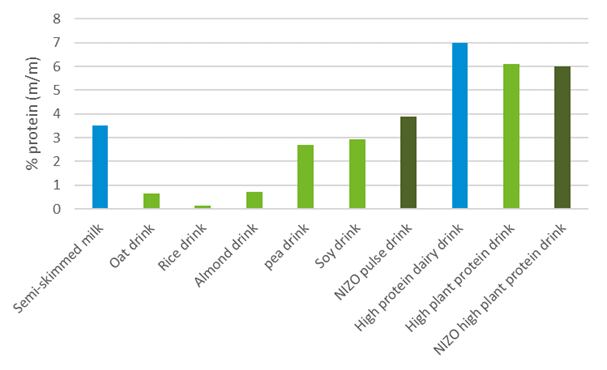
Furthermore, beyond protein quantity you need to consider quality, which can include digestibility and essential amino acid composition. While dairy protein contains all nine essential amino acids in the right quantities, plant proteins in many cases don’t.
RF: Why is it difficult to add protein to a plant-based drink?
RJ: Plant proteins don’t act the same way as dairy proteins. They are generally less soluble, for example, so simply adding more protein can result in sedimentation in your beverage. Larger insoluble particles can also give the beverage a sandy or gritty mouthfeel, rather than the smooth, rich creaminess consumers expect.
Plant material in general also has a lot of fibre, and the amount of fibre in a plant protein can vary, depending, for example, on whether it is a protein concentrate or an isolate. Generally, fibre is seen as a ‘healthy’ component, but it can have both positive and negative effects on your protein-based beverage. You have to balance the fibre with the type and amount of protein you are using, to get the product characteristics you want.
RF: What are the benefits and challenges of increasing the fibre content in a beverage?
RJ: Fibre can act as a natural stabiliser, helping to keep the protein in suspension and eliminating sediment. This can allow you to add more protein, while maintaining a smoother, creamier mouthfeel without additional fat or sugar. On the other hand, too much fibre can make your product too thick to drink.
But balancing fibre is quite tricky, because fibre/protein interactions are very complex. In some cases, for example, adding fibre will increase protein solubility, in others, it will decrease solubility. These interactions are not yet well understood: there is no table that says “if you combine fibre X and protein Y, you will get result Z”. This is something researchers, including NIZO, are actively studying. We need greater insight into the factors that play a role – such as the charge - in order to simplify the selection of proteins, fibres, concentrations, etc.
RF: What role can combining plant proteins play in reaching protein parity?
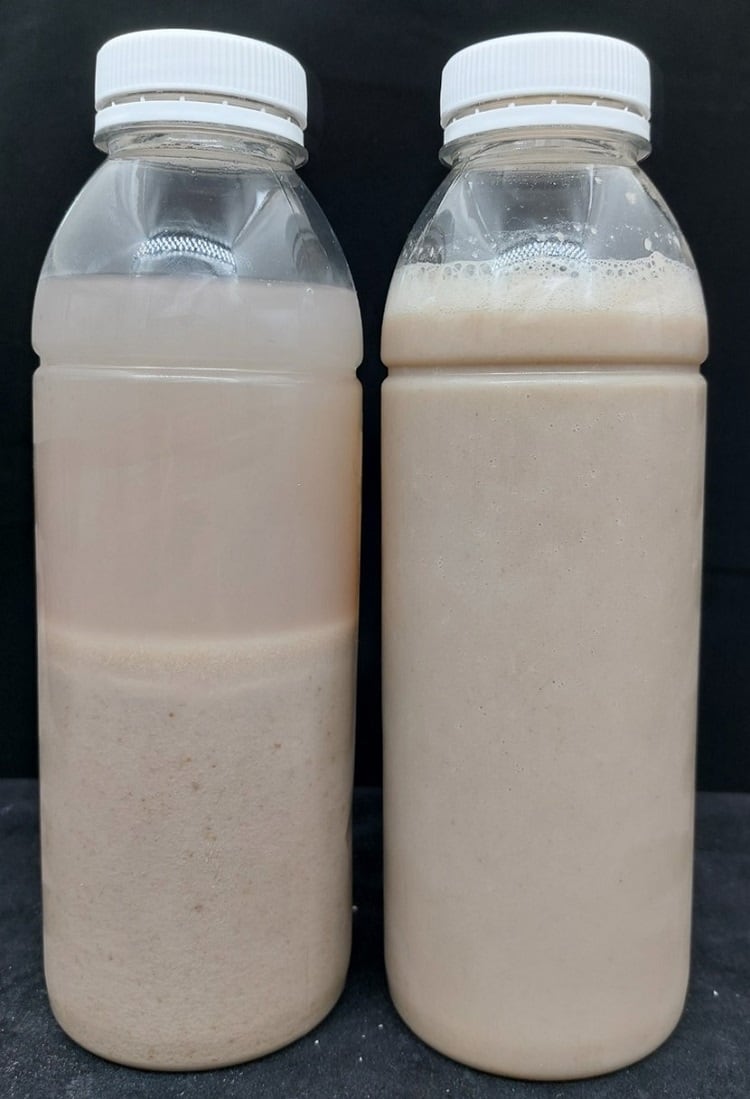
RJ: Combining plant proteins can help you to increase protein levels and balance amino acid levels to the desired composition. However, like the fibre/protein interactions, protein/protein interactions can have surprisingly strong – and difficult to predict – effects. In some cases, we have seen a protein combination impacting solubility by as much as 30%. This is another area in which research is being carried out to gain insight into the mechanisms and identify the best combinations, but there is still a lot of work to do.
RF: What techniques can be used to adapt plant protein processing for ‘next generation’ applications?
RJ: Milder extraction techniques can help to maintain the native structure of the protein and increase solubility, to start. Many plant proteins are currently extracted from by-products or side streams of oil or starch production. Although protein extraction is a priority, the initial process is optimised for starch and oil yield. However, I believe protein will become an important ‘value-added’ product of the processing. Ingredient manufacturers could thus benefit from taking a holistic approach: rethinking extraction to optimise the protein, oil, starch, fibre, etc. for maximum total value.
Optimising the fibre/protein interactions can also play a role. This includes selecting the best ingredient combinations, but also modifying processing conditions. Changing the pH, adding salt and heating the final product (rather than the protein concentrate or isolate) can all have an impact.
If solubility still isn’t adequate, enzymatic treatments may be used to reduce the size of the protein through proteolysis. But you need balance: smaller proteins can mean smaller peptides (strings of amino acids), which can give a very bitter taste.
These types of techniques can provide a ‘roadmap’ that can help increase protein levels in plant-based beverages. However, combining them with scientific insight and food production experience can help reduce ‘trial and error’, and enable appealing next-generation drinks to be brought to market in a timely and cost -effective way.
In our next article, we will look at fouling during food and ingredient processing.

